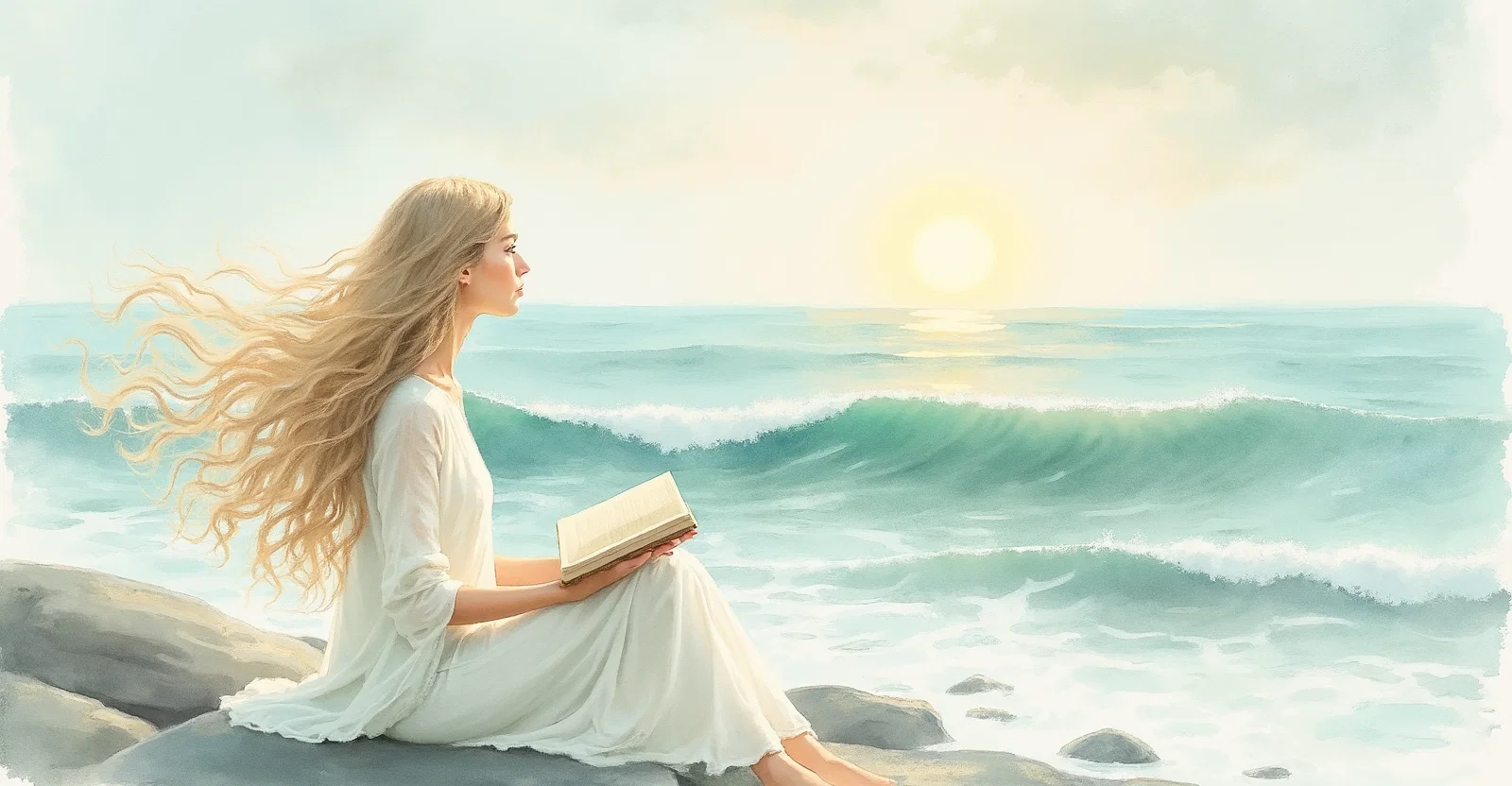There is something mystical about waking up in the evening after a short daytime nap: it feels as though part of the consciousness is still in a dream, and the two realities—the conscious and the dream—are so close that there’s almost a physical sensation of their boundaries being blurred, one flowing into the other, like the ingredients of a Bloody Mary cocktail mixing together. The thick tomato juice of intertwined dream orbs muddles the crystalline clarity of that part of our reality we call wakefulness.
Of course, no one knows which of these realities is real, but I hope that the one in which I am awake is, at least, more conscious. And yet, like Kruger’s hat, I pull from my short daytime nap vivid images of bizarrely painted scenes, familiar faces of people—and such real feelings, experiences, emotions—things that we so recklessly sometimes call reality, constantly forgetting that this “reality” is only real for our world and won’t pass any of the three classic tests for reality: they cannot be measured. Therefore, they do not exist.
As in a dream, we sometimes wander through this—so real—material world, pretending to be material sacks filled with meat and bones, as well as those very worlds—each one’s own—woven from thoughts, images, and seemingly very real feelings, experiences, emotions; and also from meanings and knowledge about “how it really is,” having no idea that, in reality, we invented all the meanings ourselves, and they don’t really exist. They never existed. And they won’t exist.
But we exist—little engines of energy that we carry from home to work and back on non-existent (but seemingly real!) rails, so rarely thinking that we are not locomotives, that we invented the rails too, and that “we can go wherever we want, and, if necessary, turn.” From childhood, we were told that “the train will only go where the tracks lead”… And so, we rush from one station—Birth—to another—Death. And we fear turning into the open field, which is called life.
Why? Because the tracks are laid, and they bear the seal “safe for survival.” But in the “grass, there are snakes, and the wind blows from the river.”
So, life follows its own path, and we follow ours.
